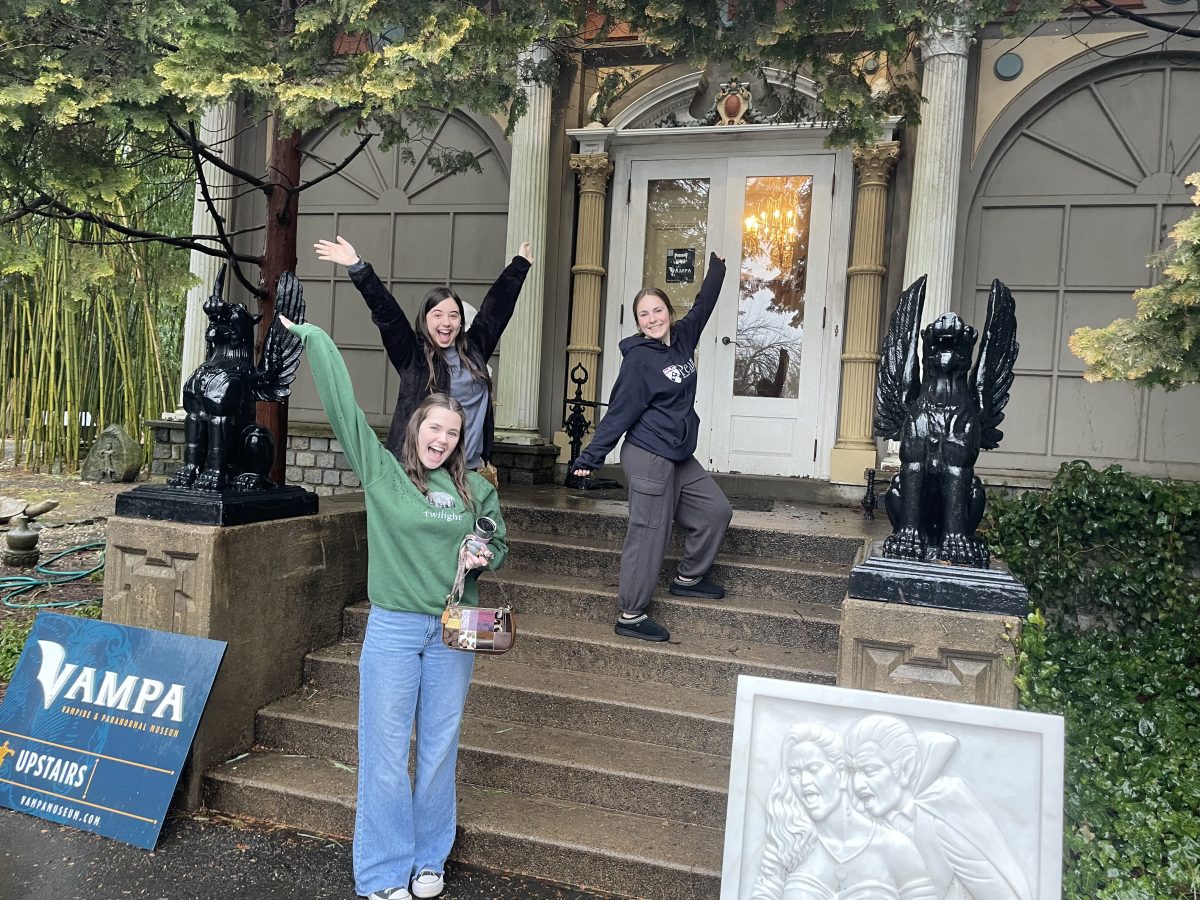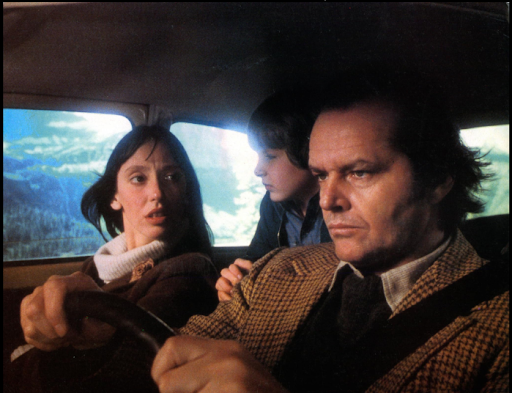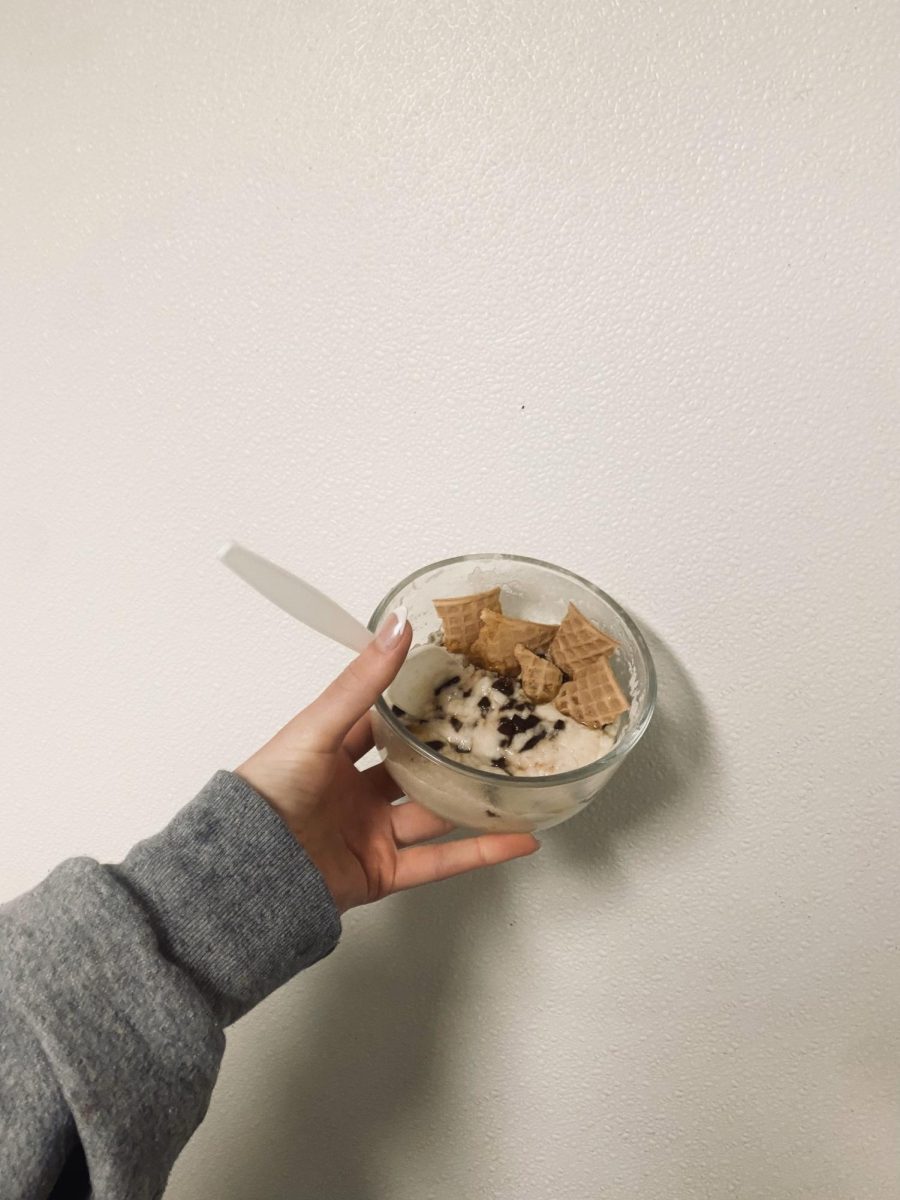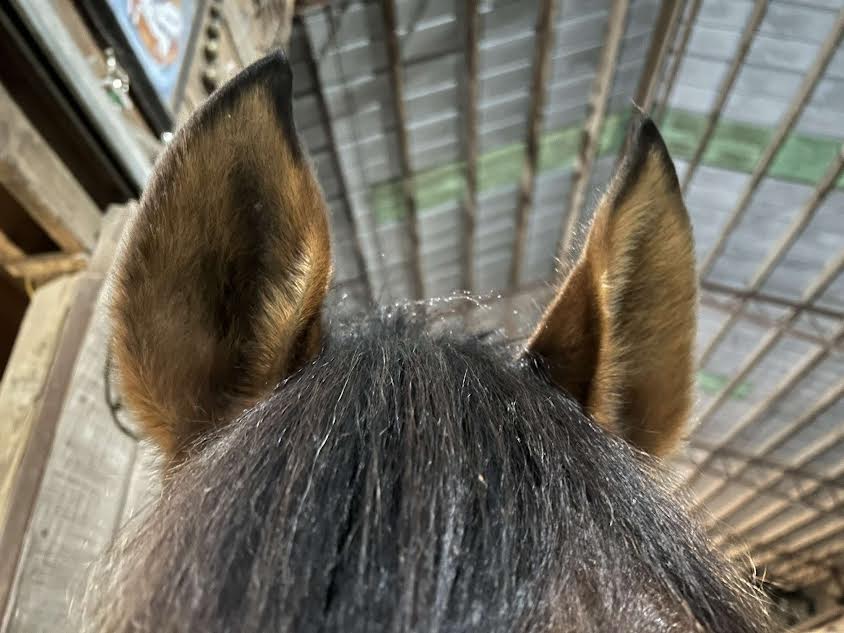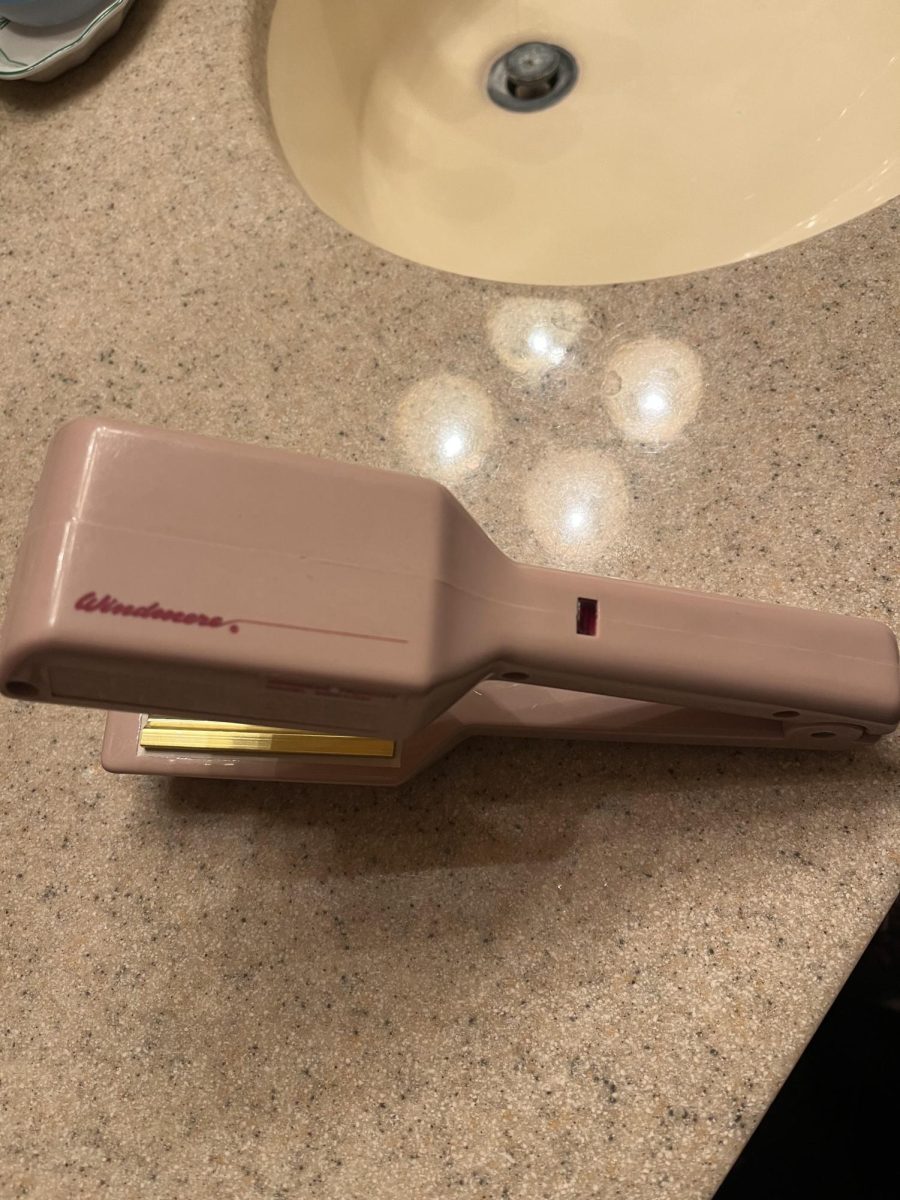Cultures worldwide share tales of a nocturnal and murderous entity, which we currently call vampires. In Eastern Europe, vampires were known as strigoi, which translates to “to scream.” In China, they were called Jiangshi, or the stiff corpse. Vampires have evolved from something we fear to something that we have humanized. The idea of vampires stemmed from people with porphyria. Porphyria is a blood disorder that prevents the body from producing enough heme, the substance inside red blood cells that binds to oxygen in the lungs and carries it to the tissues. To fix this condition, doctors recommended that they drink animal blood. Patients with porphyria are sensitive to sunlight, have fanged teeth due to gum issues, and avoid garlic because of the sulfur concentration. These are all qualities that vampires were said to have, which led to some people with porphyria being burned at a stake.
In modern times, people have made movies and museums about vampires to inform people about them. Originally, in the late 19th and early 20th century, vampires were seen as devilish and dangerously mysterious. However, more current movies and shows like The Vampire Diaries and Twilight have depicted vampires as caring immortals with endearing personalities. Hannah Godshall, a Film and English teacher at Pennridge High School, has always been fascinated with vampires and said, “I think what’s interesting is that what we picture as a modern-day vampire is a kind of the suave, pale, wealthy vampire. Before that, vampires were depicted as bloated corpses.” Godshall’s favorite vampire myth is the Chinese myth that “vampires are obsessed with counting, so they would bury people with bags of rice or grain next to the tomb with the idea that if a vampire did come back at night, they would have to count all of the grains and it would distract them until the sun would come up and they would have to go back in their tombs.”
Edmondo Crimi created the Vampa Museum in Doylestown, Pennsylvania. It costs $8 for children under 17 and $15 for adults 18 or older. It is open on Saturdays and Sundays from 10 a.m. to 5 p.m. The Vampa Museum contains supernatural and paranormal artifacts. Crimi spent 40 years collecting all of his artifacts by traveling around the world. Each room in the museum has its own theme. For example, the first room has old vampire killing kits, the second room has paintings and other artworks representing demons, the third room is filled with Ouji boards, the fourth room contains dolls that possess demonic presences, and the fifth room has African art that is spiritual. Crimi said he created his paranormal museum not because he wanted to glorify the supernatural, but because he “wanted to show how art has been influenced by the battle between good and evil.” When Crimi was asked what significance vampires and other supernatural creatures have in the modern world, he explained that “supernatural creatures are a way of bringing us closer to God because it sparks our thought processes and imagination.” Crimi also wanted to ensure people understood that “the paranormal is not always evil. Holy angels are paranormal, and they’re beautiful.”
Crimi donates some of his profits to Ukraine, the Make a Wish Foundation and other charities. The Vampa Museum is an enlightening and immersive experience that leaves its visitors with a new appreciation for the mysterious world of the undead and the unexplained. The idea of vampires has challenged us to face our fears and confront our primal fear of mortality. Whether you believe in the supernatural or not, the stories and antiques of Crimi’s museum are a testament to humans’ timeless fascination with the paranormal.
Sources:
https://bloody-disgusting.com/editorials/3551859/blood-life-brief-history-vampires-film/
https://www.britannica.com/topic/vampire
https://www.queensu.ca/gazette/stories/vampire-myths-originated-real-blood-disorder#:~:text=It%20appears%20that%20the%20folklore,%2Dday%20Romania%20and%20Hungary
https://www.britannica.com/biography/Vlad-the-Impaler
